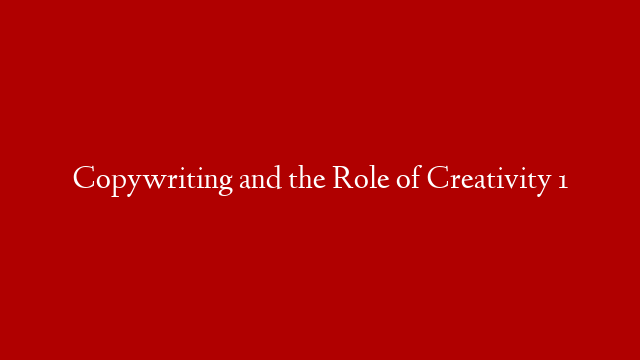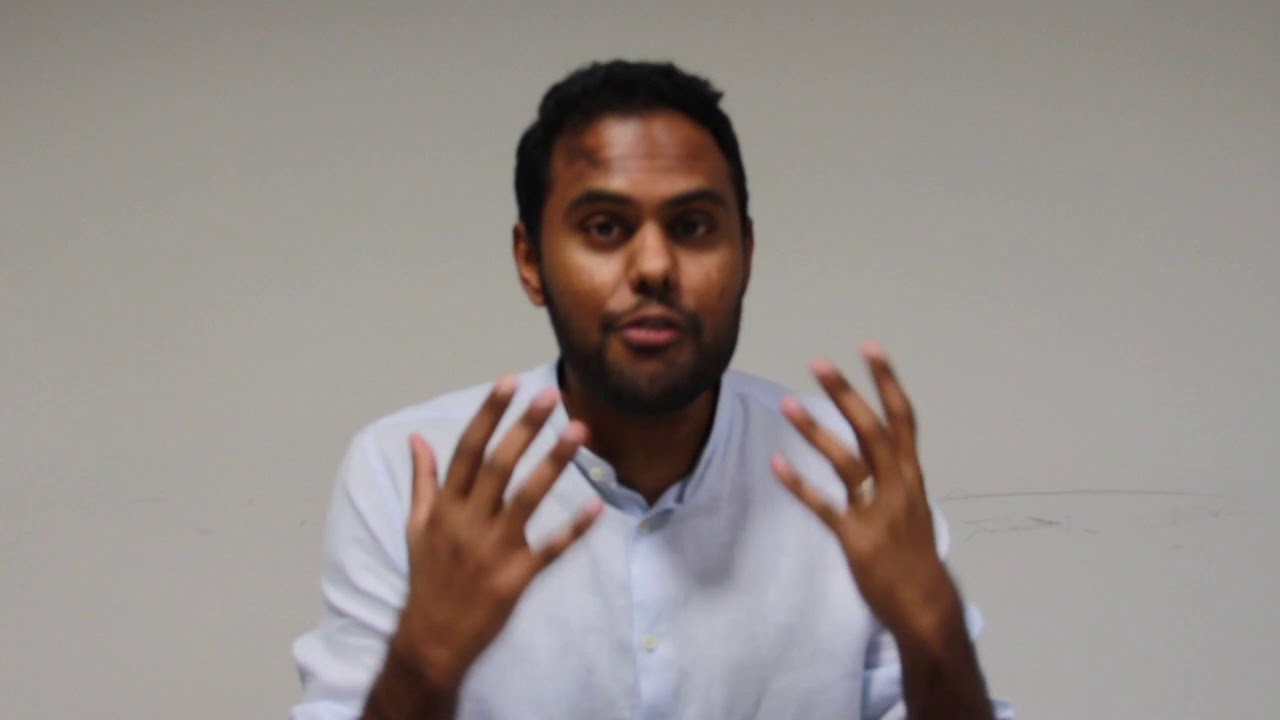Although copywriting is primarily factual, there is no reason for it to be dry and uninteresting. Indeed, many of the best copywriters are also the most creative. These articles consider creative techniques that can be used to enhance your copywriting and make it more engaging for the audience, without compromising factual accuracy.
One of the most important ways of introducing more human interest and authenticity into dry, factual writing, is to introduce human experience. You can do this in a number of ways, including with direct quotes and case studies. Sensory authenticity may also be an important component and here we shall be begin by exploring this idea in some depth and thinking about how it can be introduced into our writing in an effective and realistic way.
Defining Sensory Authenticity
Writers are divided on the importance of experience. John Gardner remarked that nothing can be more limiting to the imagination than sticking with what you know. He suggests, rather that writers should broaden their horizons whenever possible – that new experiences and perspectives will bring freshness and authenticity to their writing.
John Braine, however, argues:
“What must be held fast to, what I cannot repeat too often, is the fact that what isn’t written from experience is worthless. You must never write what you don’t know. Not to use the unique material which you have in your possession is a kind of suicide.”
For other writers the value of personal experience lies in the way it ‘resonates’ with their readers. Consider the following extract from Nick Hornby’s High Fidelity:
“The woman we have come to see is called Marie LaSalle; she’s got a couple of solo records out on an independent label, and once had one of her songs covered by Nancy Griffith. Dick says she lives here now; he read somewhere that she finds England more open to the kind of music she makes, which means, presumably, that we’re cheerfully indifferent rather than actively hostile. There are a lot of single me here – not single as in unmarried, but single as in no friends. In this sort of company the three of us – me morose and monosyllabic, Dick nervy and shy, Barry solicitously self-censoring – constitute a wild and massive office outing.”
This piece works because readers identify on quite a deep level with the underlying insecurities of the main characters. Hornby uses this commonality quite consciously in his work: “I know the parts of me that chime with other people and I chop out anything that isn’t going to resonate.”
Similarly, in non-fiction writing you can use your own experience to create a shared ‘bond’ with the reader. Personal experience can thus be used as a strong basis for a personal experience article, or simply a starting point for a business report, article or book, or even an advertising idea.
In Pity the Nation, for example, Journalist Robert Fisk’s highly regarded and detailed history of the Israeli-Palestinian conflict, the author’s own experiences of living in the region, and his impressions as he interviews sources, form a crucial element in the narrative:
“It was snowing in Litewska Street; not big, heavy flakes but small, hard, blinding droplets, almost sleet, that blessed the dull suburban road with a kind of grey fog. We parked our car on the pavement beside a tiny, bare tree, its branches glistening with rime. The few people in the street were hunched in their furs. Winter had attacked Poland more savagely than usual.”
Here is a quite different example, this time from More! Magazine, and exploring one reader’s personal experience (note that most such articles are written by a staff or freelance journalist, rather than the actual person).
“Until I was 21 I had no idea I had a problem. I was in my final year at Sussex University studying for a geography degree and things were going great. And then I went on the date from hell. I’d met Ben in the student bar and he’d asked me out for a Chinese meal. No problem there you’d think…”
I’m Allergic to Dating, Sarah Quinnell, as told to Sarah Bladen.
TRY THIS: Pick out two or three different magazines at random. Go through each one and identify the ‘personal experience’ stories. These might be autobiographical or, more often, biographical. Is the author describing an unusual or significant event? Are they describing an everyday event that took an unexpected turn? Are they describing an everyday experience from a fresh perspective?
The women’s magazines and tabloid Sunday supplements, for instance, are keen on real life stories of ‘adversity overcome’ while the broadsheet Sunday supplements prefer to see real life accounts related to currently topical issues – for instance, an account of everyday life in a war zone, or of living with mental illness.
Such articles offer excellent PR opportunities for companies able to see the possibilities. e.g. one health and fitness centre arranged to write a series of fitness articles for the women’s page of their local newspaper. The newspaper were pleased with the deal as they got free articles written by experts, and the health and fitness centre gained some free publicity. They were mentioned only indirectly in the articles, with acknowledgements for the photographs and a mention at the end of each piece, but the articles allowed their staff to establish themselves as experts in their field and built up awareness of the centre in the local area.
In article 2 we’ll learn more about sensory authenticity.


